If we are to rejuvenate our city centre, it’s critical that we create places people want to go to.
In just over a year, the Tall Ships Races – the largest free family event in Europe – returns to Aberdeen, and is expected to draw 400,000 visitors and 50 tall ships from across the globe.
It has been some 30 years since Aberdeen saw this splendid spectacle – the tall ships first graced the waterfront of the harbour over four days in August 1991. For those old enough to remember, it was a magical moment where the city flowered in an outburst of sailing, colour and celebration, bringing around 300,000 people to the area.
The harbourfront was transformed into a vibrant place where people could promenade, enjoying uninhibited access to Aberdeen’s waterfront. On the final day, thousands of people descended on the waterfront, beachfront and vantages at Torry Battery to bid farewell and bathe in the spectacle of the tall ships in full sail as they left the harbour.
Aberdeen is an incredibly beautiful place with world-renowned granite architecture, but it’s also one of the few cities lucky enough to have a harbour at its very heart – an asset that it is now time to reassess if we are to do everything we can to create a vibrant and successful city centre.
Aberdeen’s story is uniquely linked to its relationship to its rivers and the sea, through fishing, industry and leisure. History tells us that what has been true of the past will be true of the future.
And, as we look to the future, staff and students at RGU’s Scott Sutherland School of Architecture and Built Environment are imagining a new era for our historic harbourfront – one inspired by the rejuvenated northern waterfronts in European cities like Copenhagen, Malmo, Stavanger, and Hamburg.
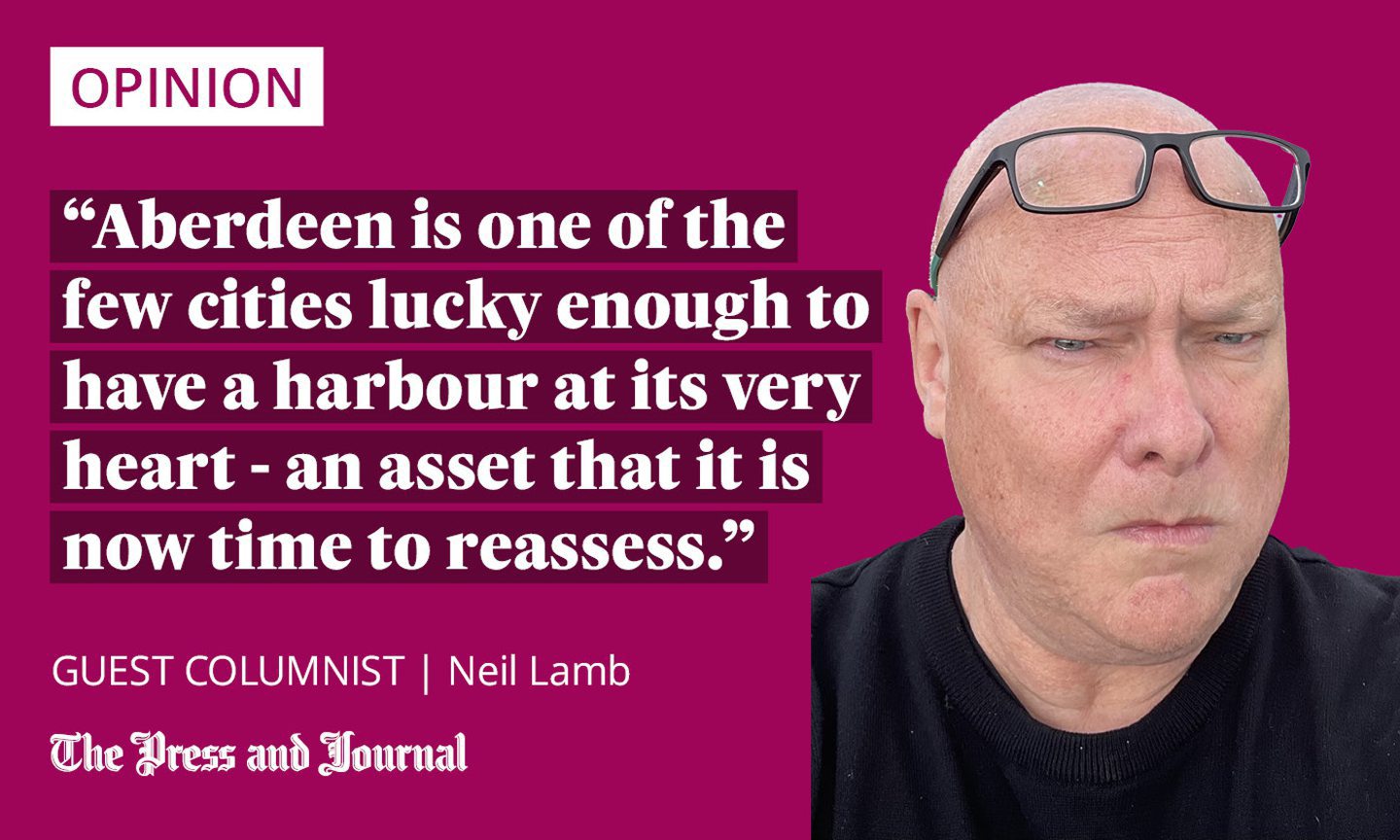
Inspired by Tall Ships Races past and future, we imagine transforming an inaccessible place into somewhere with full public access. The project imagines that part of the northern edge of the northmost Upper Dock and Victoria Dock, from the bottom of Market Street to the bottom of Marischal Street, could be a place for people – for recreation, play and relaxation at the very heart of the city, and a new attraction for locals and visitors alike.
We imagine a more welcoming and friendly waterfront where people can come and enjoy the spectacle of the harbour in all its colour and vibrancy. We imagine new architecturally significant buildings standing alongside redeveloped and historic ones.
We imagine new entrepreneurial activity inspiring new industry, creating new jobs, new urban living, new retail, new cafes and restaurants in a fully accessible, 24-hour, new people’s city space.
Much has been said recently about the future of Aberdeen, and this has all too readily been focused on the majestic Union Street, with development plans underway. Perhaps it’s time to broaden the discussion and reimagine our relationship with our harbourfront.
When the time comes, I hope you take the opportunity to enjoy the spectacle of the coming tall ships, and re-engage with our historic harbourfront. I hope you see it for what it could be: a special place that has connected us to the world for many generations. With a little vision, perhaps it could also help us to connect to a brighter future.
Neil Lamb is a principal lecturer from the Scott Sutherland School of Architecture and Built Environment
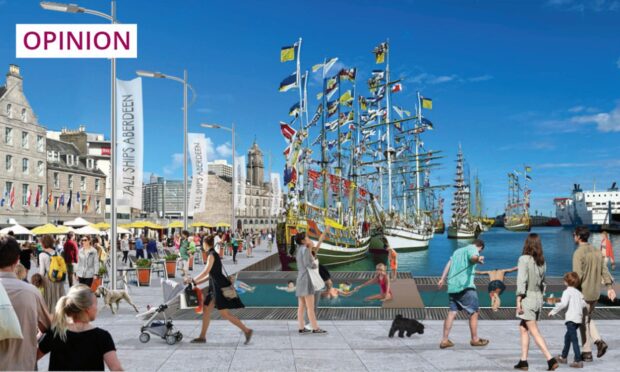
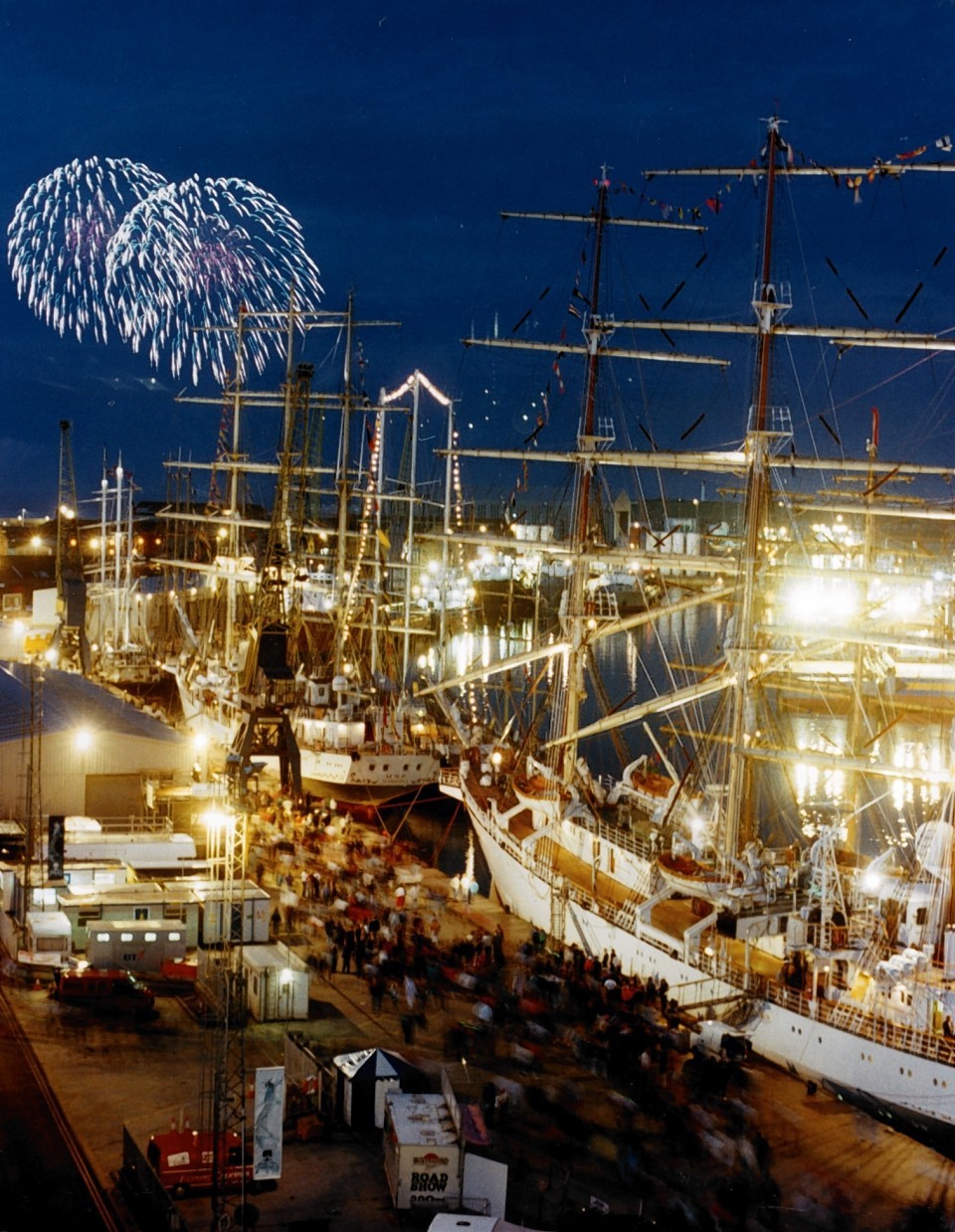
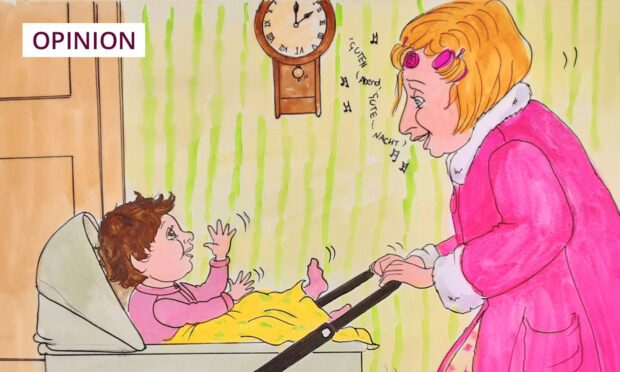
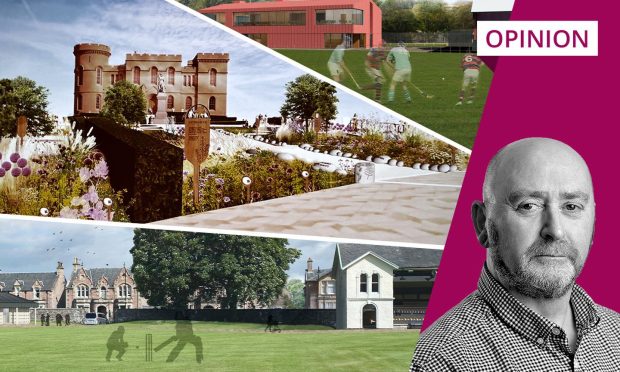
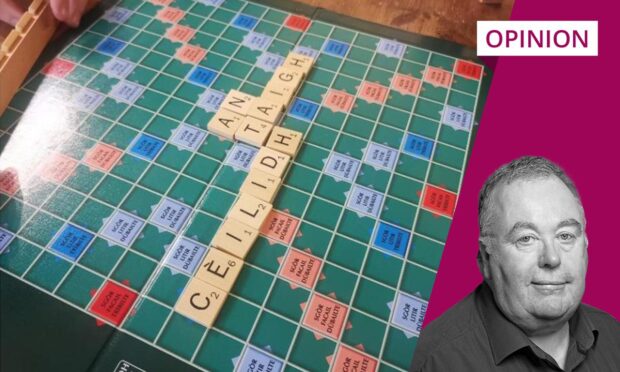
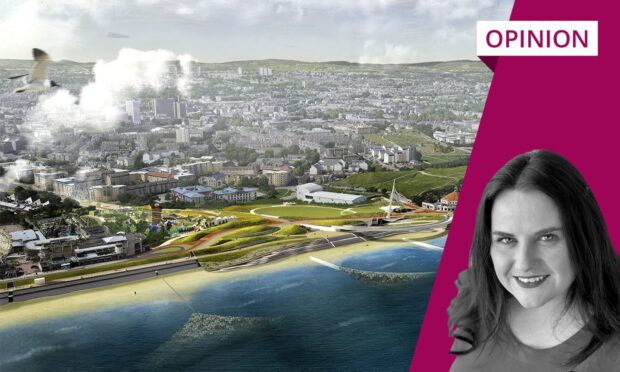
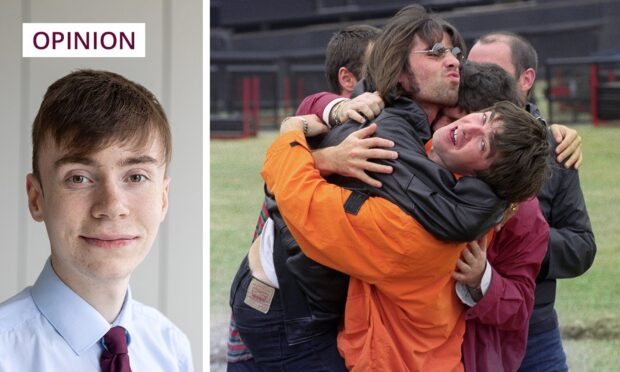
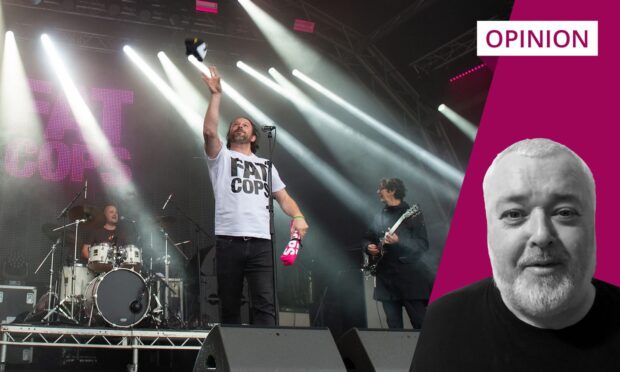
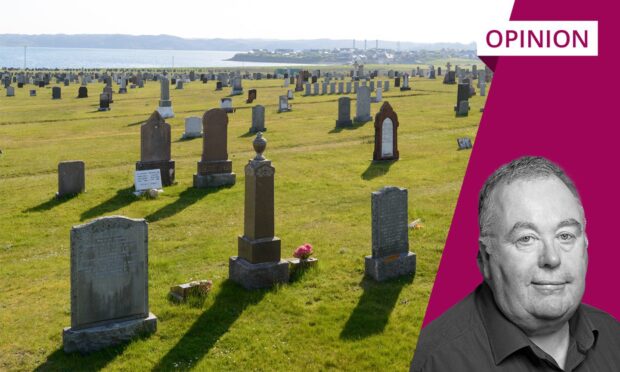
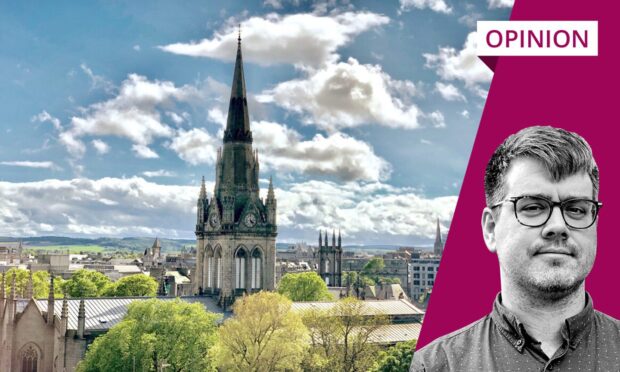
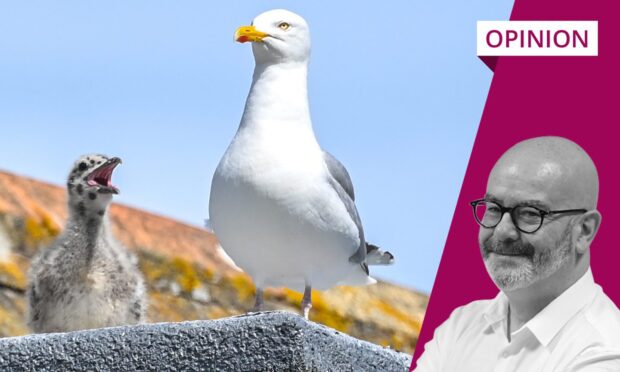
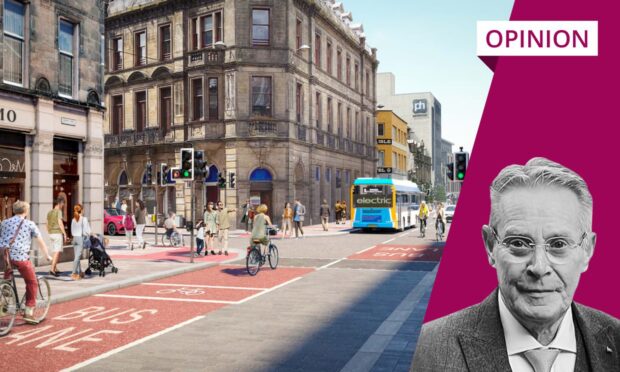
Conversation